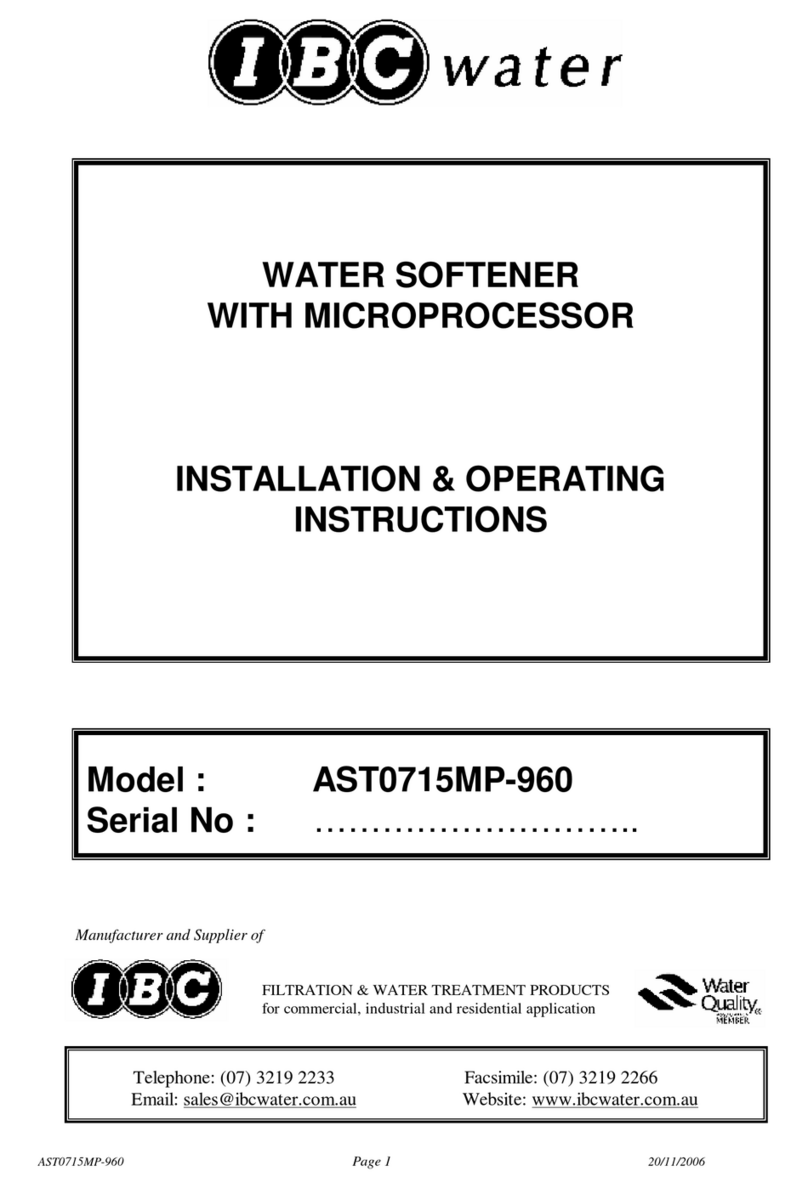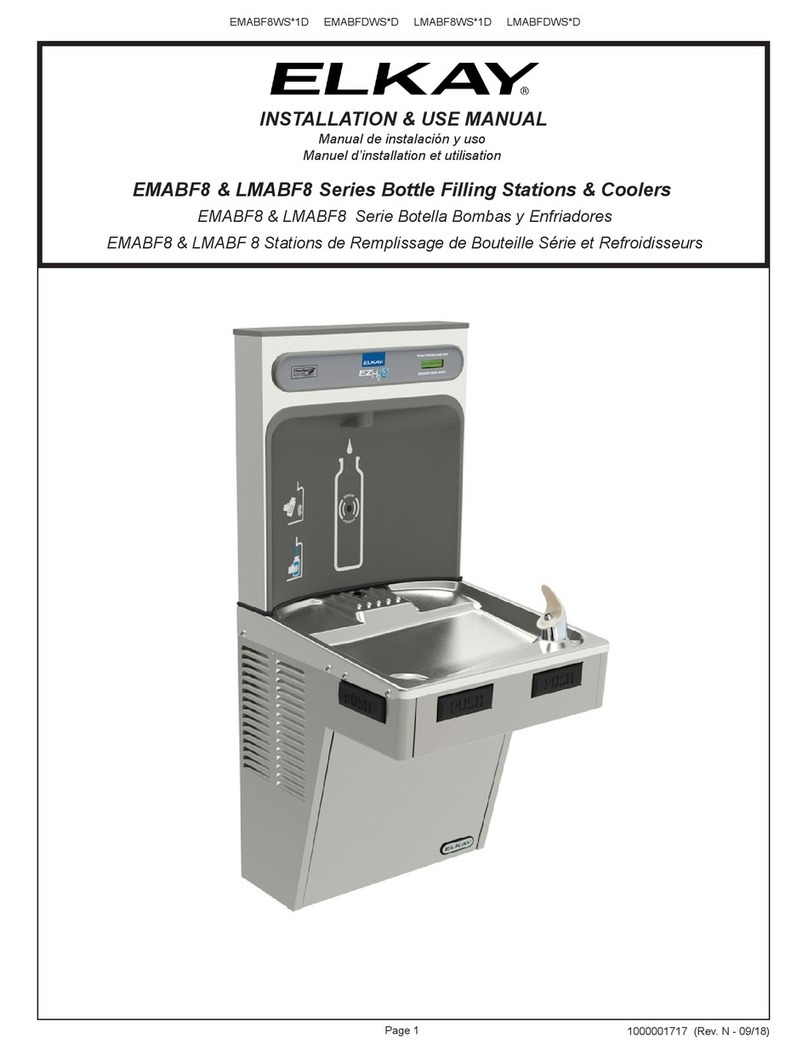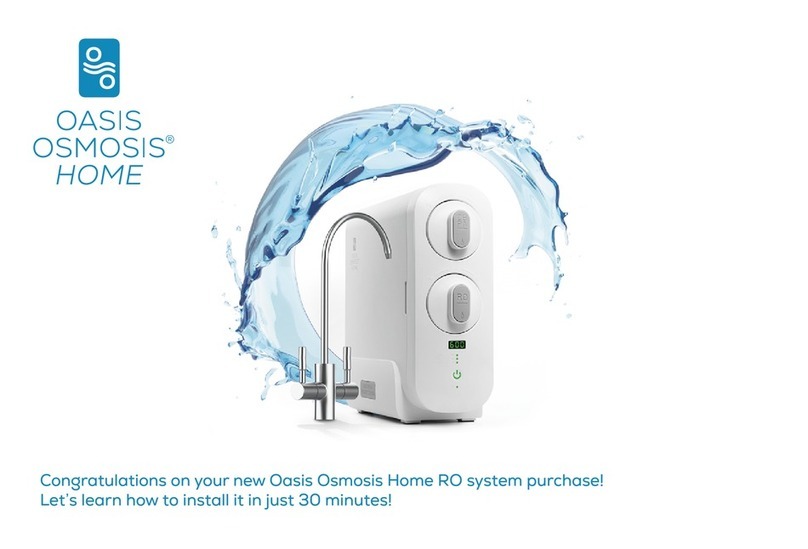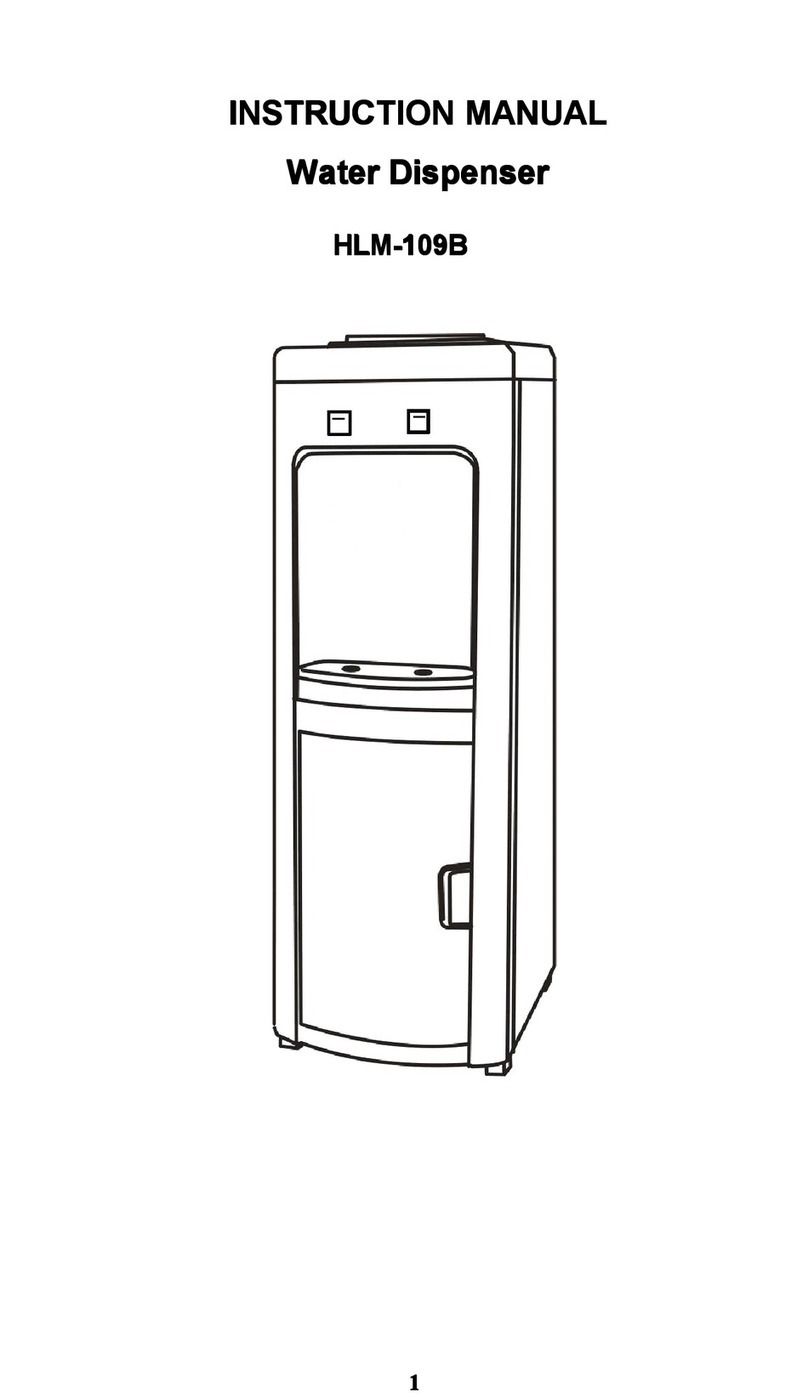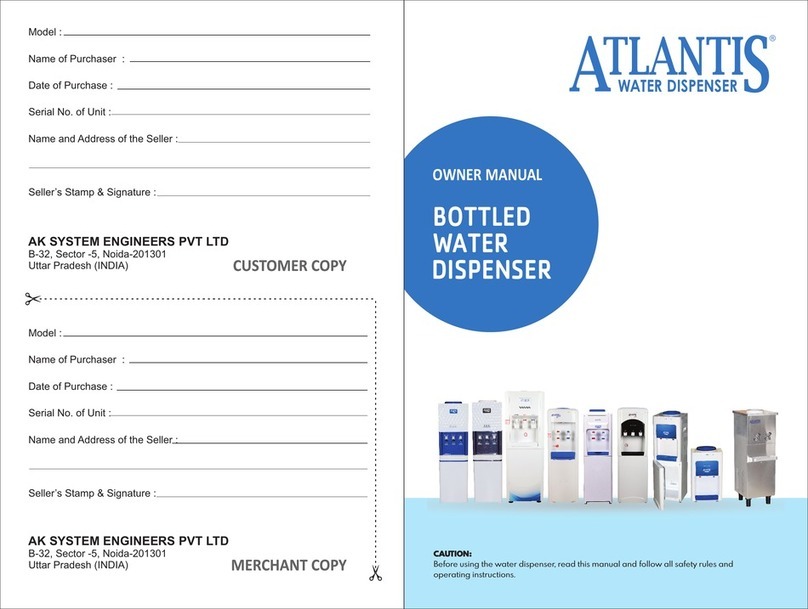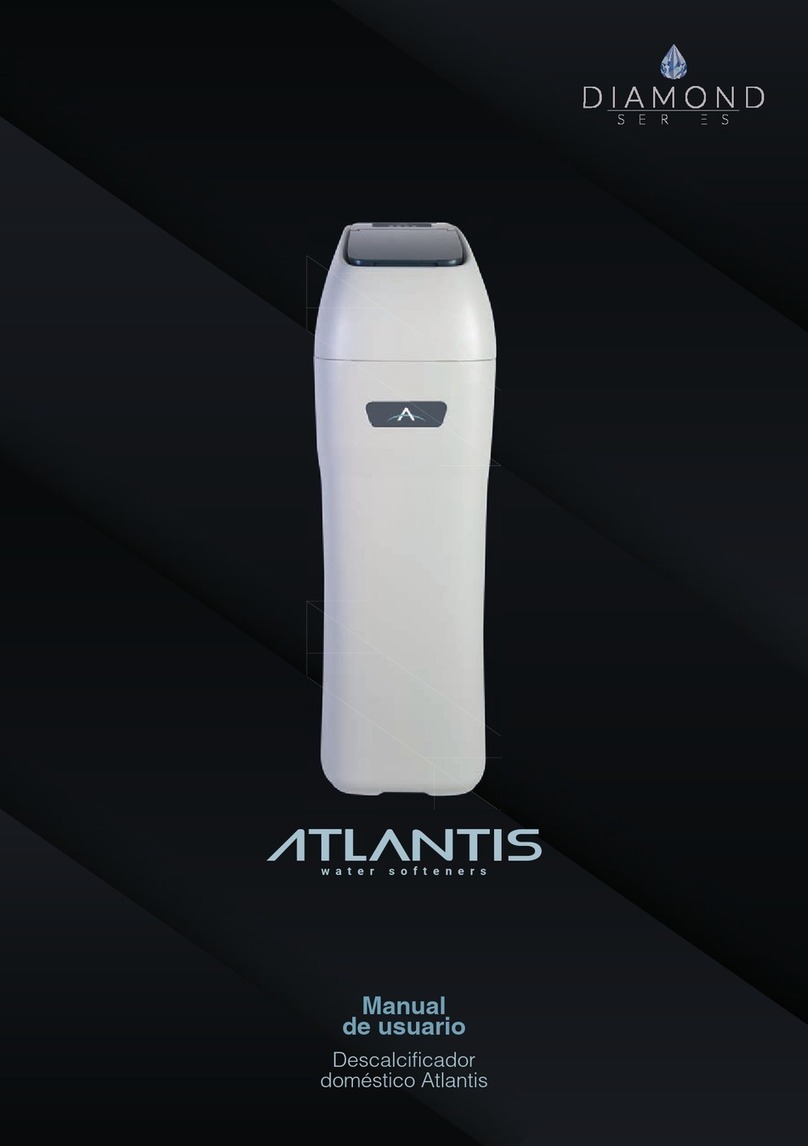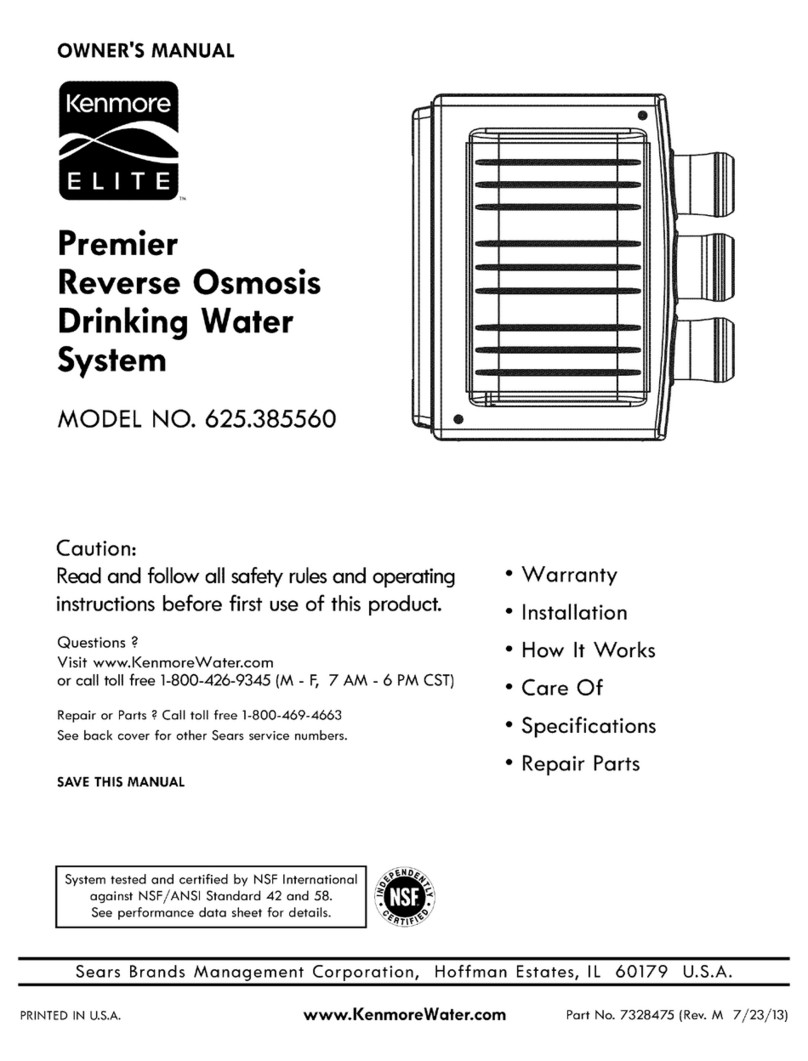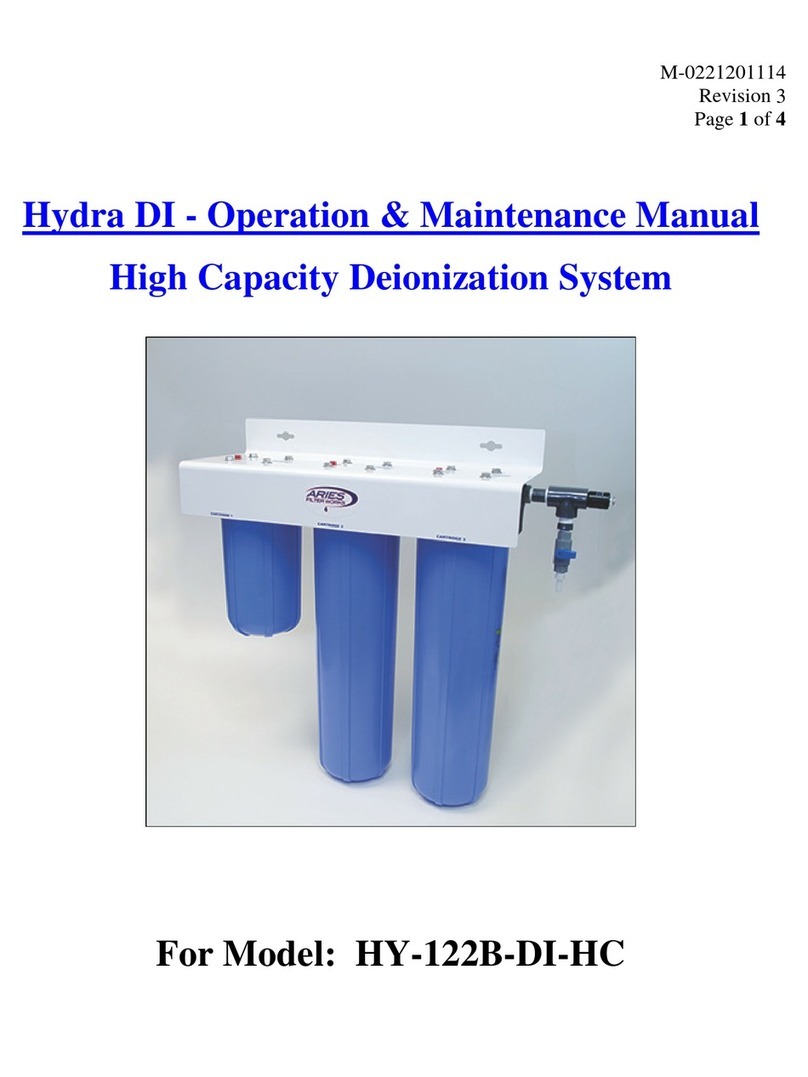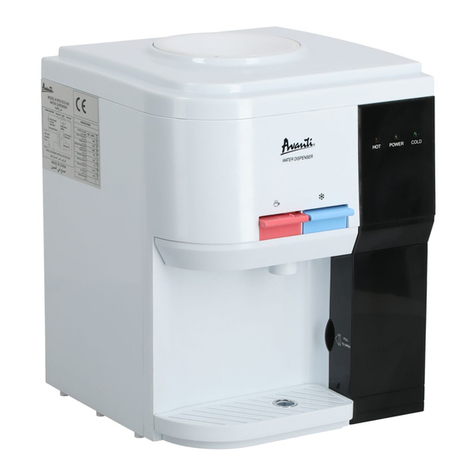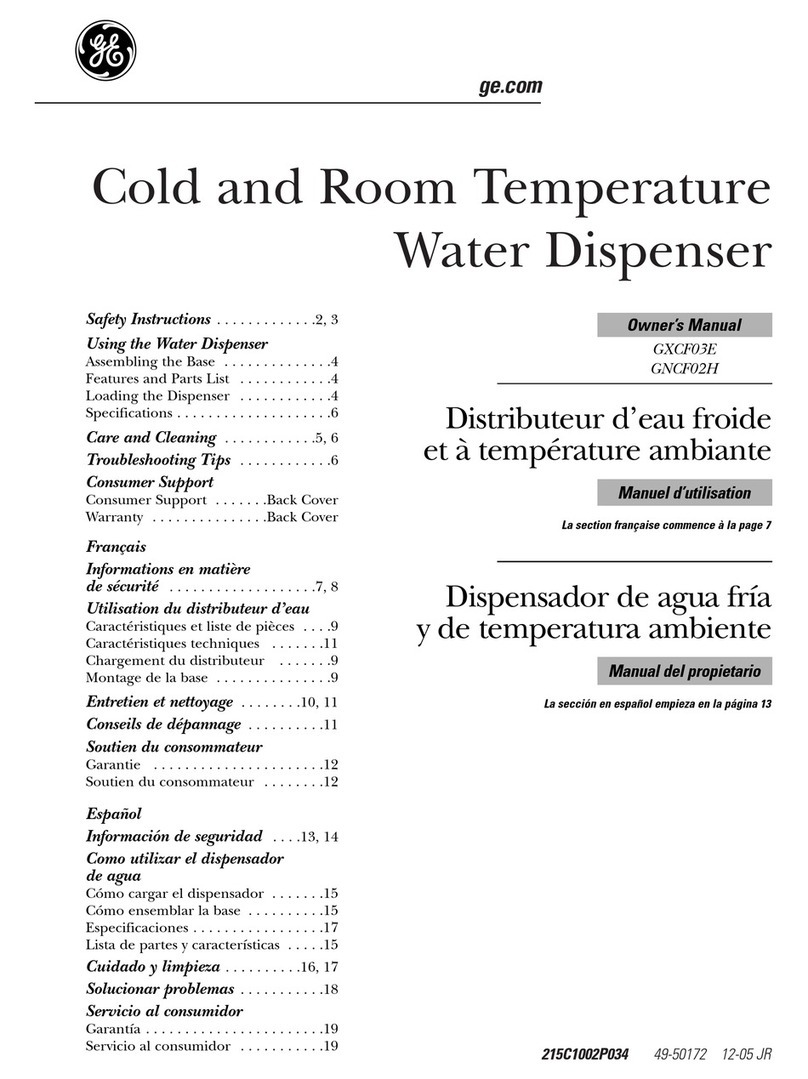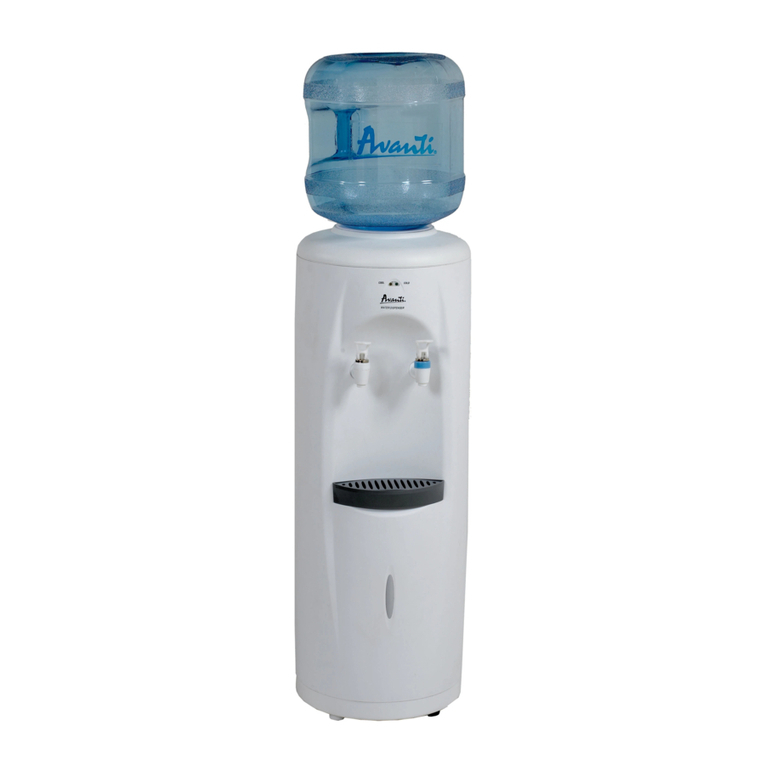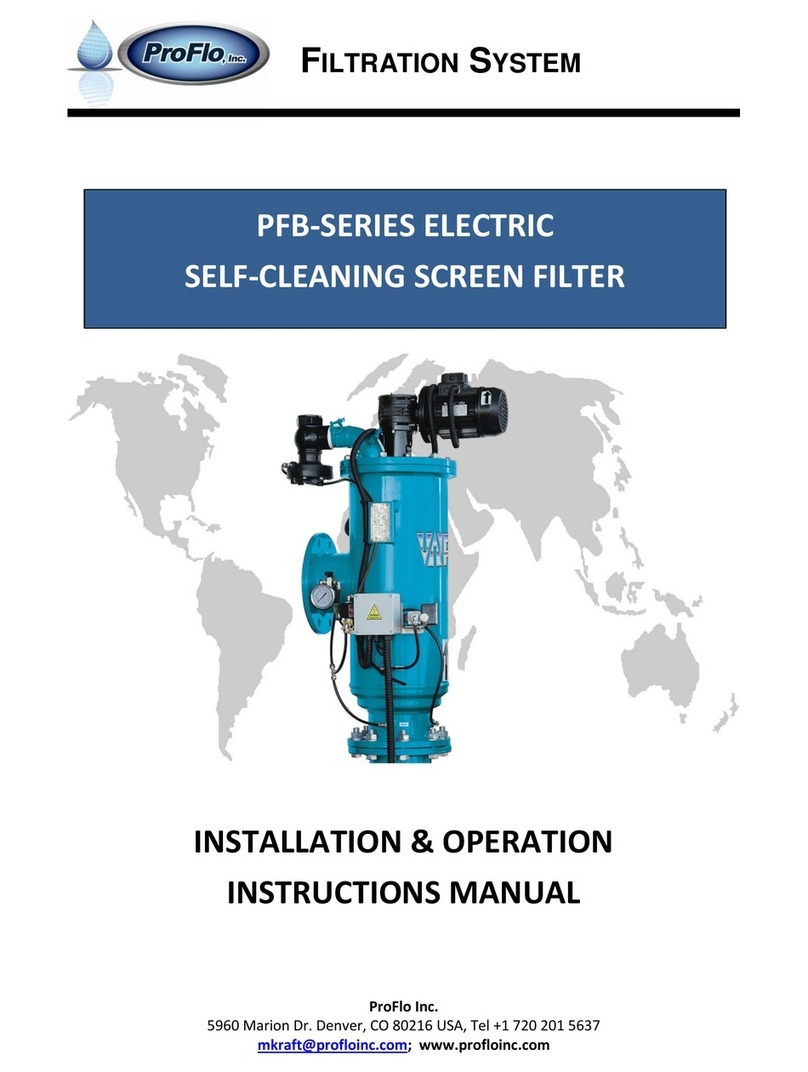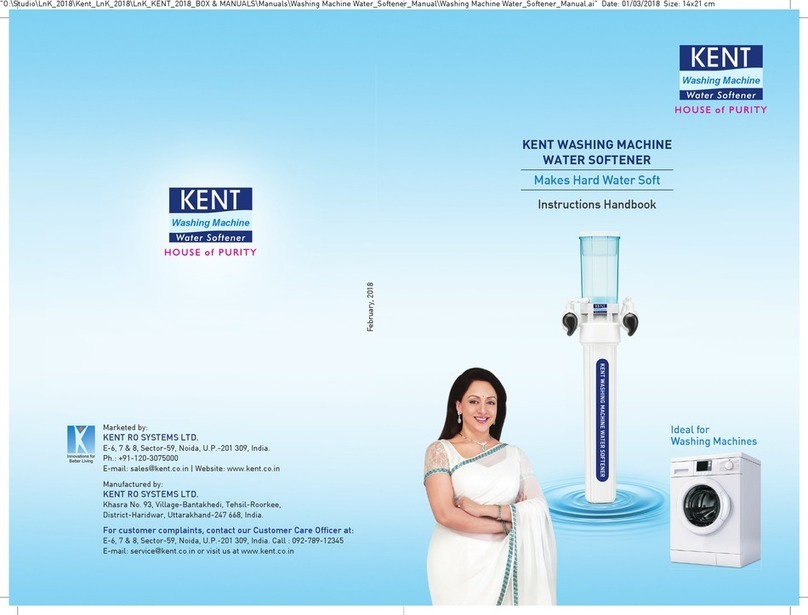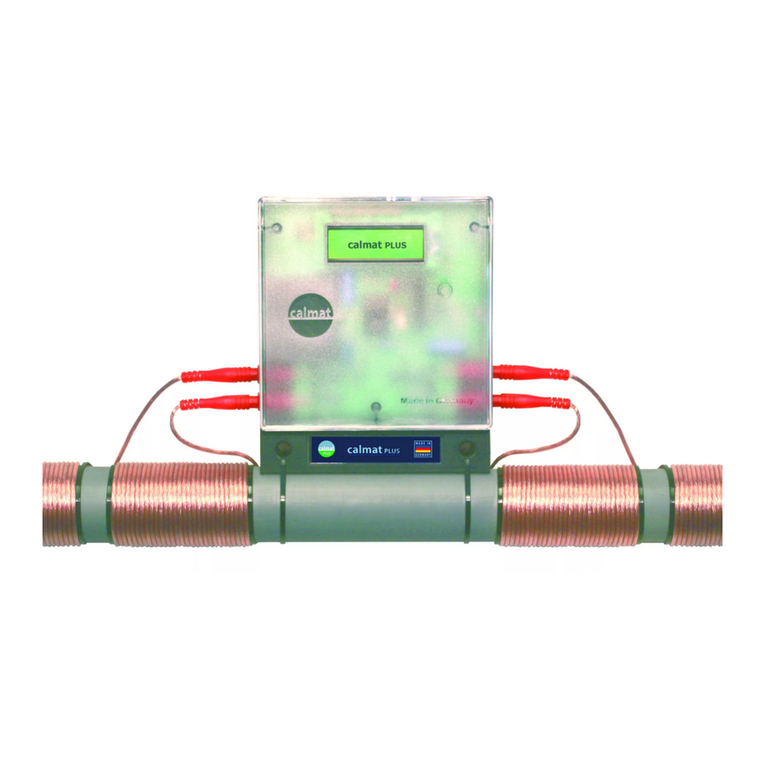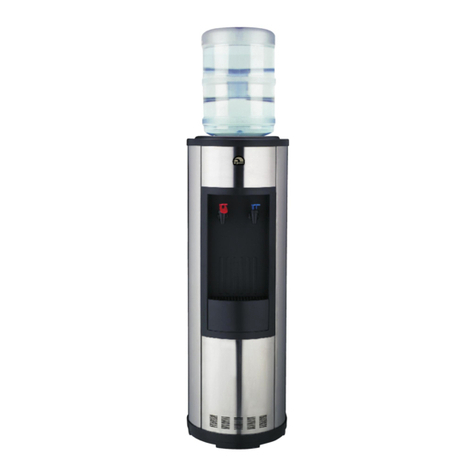1How does it work?
Regeneration is t e process of restoring t e
softening ability of t e resin. During
regeneration some of t e salt in t e salt
storage tank is turned into brine. T is brine is
t en sucked up and flus ed t roug t e
resin. W en t e brine comes into contact
wit t e resin t e calcium and magnesium
t at as been collected is released and
flus ed away down t e drain. After t is, t e
resin is flus ed out to remove any excess
brine. T e resin is t en ready to soften more
water.
2What is regeneration?
Under normal use t e resin is expected to last ten to fifteen years.
3How long will the resin last?
Water softeners work by passing ard water
t roug a bed of ion exc ange resin. As t e
ard water comes into contact wit t e resin
t e calcium and magnesium ( ardness) is
exc anged for sodium. T is means t at t e
water produced by t e softener is soft i.e. it
contains no ardness. T e resin can only
keep softening t e water until it runs out of
sodium ions. T is is w y we need to
regenerate t e resin.
A flow meter inside t e control valve
monitors t e water flow. T e electronics t en
compare t e remaining softening capacity of
t e mac ine wit t e expected water use.
T e softener is programmed to monitor t e
flow of water, and builds up a pattern of
your family's typical usage. W en appropriate
t e softener will regenerate.
4How does it know when to regenerate?
Softened water is ig er in sodium content
t an mains water. To put t is into
perspective, one pint of softened water
contains less t at an quarter of t e sodium
found in one pint of milk! T e Department of
Healt advises t at water from a domestic
softener s ould not be used for cooking and
drinking.
It is most important t at softened water is
not used for making up babies feed. If you
were to consume very large quantities of
softened water you would increase t e
amount of sodium in your body.
5What will happen if I drink softened water?
Softened water feels slippery w en you was
your ands; t is is ow most people can tell.
Alternatively, you can use t e test kit
provided wit t e softener.
6How can I be sure it’s working?
